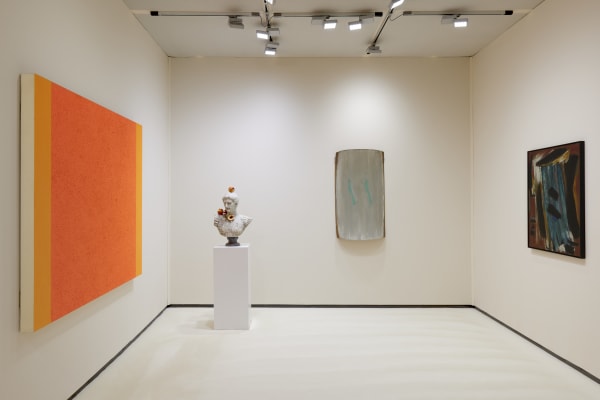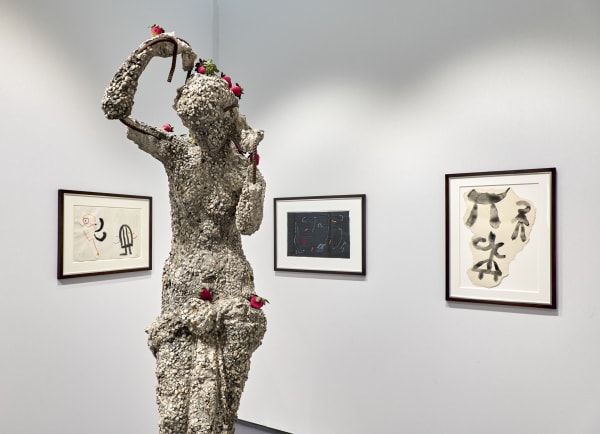Better known under his pseudonym Takis, Panagiotis Vassilakis was born in Athens, Greece in 1925. His early interest in physics sparked an artistic career lasting over seven decades centered on magnetism and kinetics, taking art into the domain of science. The incorporation of magnets and electric currents took his work to new heights, making him a leading figure of the kinetic art movement in the 1960s. In his twenties, the self-taught Takis discovered the works of Giacometti and Picasso, subsequently sparking his interest in art while concurrently dabbling in scientific experiments in his parent’s basement. In 1953, he worked in...
Better known under his pseudonym Takis, Panagiotis Vassilakis was born in Athens, Greece in 1925. His early interest in physics sparked an artistic career lasting over seven decades centered on magnetism and kinetics, taking art into the domain of science. The incorporation of magnets and electric currents took his work to new heights, making him a leading figure of the kinetic art movement in the 1960s.
In his twenties, the self-taught Takis discovered the works of Giacometti and Picasso, subsequently sparking his interest in art while concurrently dabbling in scientific experiments in his parent’s basement. In 1953, he worked in Brancusi’s atelier for several months in Paris and had begun living between the capital city and London. It was during this time that he created his first kinetic works, Signals, largely inspired by the movement of radar antennas. The clashing of objects in these sculptures, as in his other works like Musicales, create sounds that produce irregular melodies and harmonies. For Takis, art and science were not dissimilar as both artists and scientists sought answers to universal questions. In 1968 he was invited to the Massachusetts Institute of Technology as a researcher. It was through these experiences across Europe and the United States that he met with beat poets like Gregory Corso and Allen Ginsburg, whose works made a great impression on Takis. In 1969, he co-founded the Art Workers Coalition in New York which advocated for diversity in museums and artists rights.
Takis’ work has been extensively exhibited in prestigious venues around the world, most recently at the Tate Modern in 2019. This includes twice at Documenta in 1977 and 2017, the Venice Biennale in 1995, and the Paris Biennale in 1985, winning the first prize. In the last decade, his work was exhibited at MACBA Museu d'Art Contemporani de Barcelona, the Tate Modern, London, Palais de Tokyo, Paris, and the Menil Collection, Houston. His work is collected by Centre Pompidou, Paris, the MoMA, New York, the Guggenheim Museum, New York, and the Tate, London, among many others.








